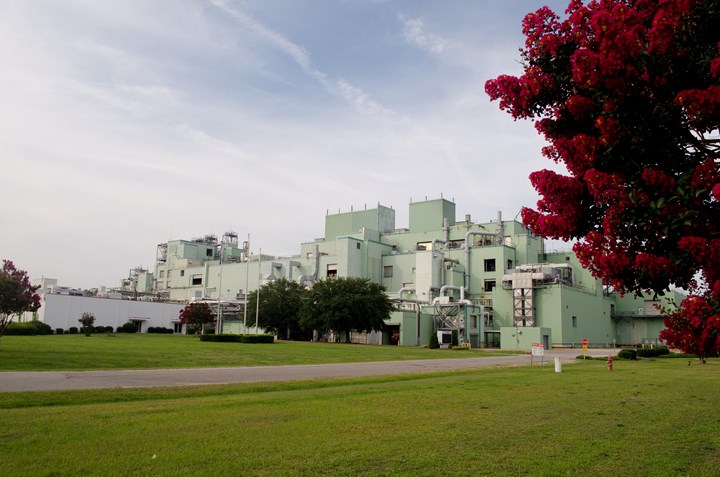Invista to Expand Nylon 66 Capacity
The company is making a significant investment in its South Carolina facility to transform it from carpet fiber to nylon 66 polymer focused production.

INV Polymers Nylon Americas, the polymers 大象传媒 of Invista, will undertake a significant investment in its U.S. facility in Camden, S.C., aimed at meeting increasing demand for nylon 66 spurred by such trends as eMobility and the Internet of things that can support electrification and increased complexity. This includes engineered plastics designed for modern connectors and sensors with ever-increasing performance and connectivity.
Essentially, the investment will transform the facility’s production process and logistics capability—which was previously designed to support carpet fiber production—into a polymer-focused plant that can provide increased supply capacity for nylon 66 resin to the merchant market. Construction will begin later this year and is expected to be completed in 2024.
Said Pete Brown, v.p., of Invista Nylon Polymers, “Invista is known for its high-quality nylon 66 polymer, supported by its world-class, upstream chemical intermediates technologies. We are excited to continue expanding the application potential for our materials through this investment in South Carolina.” Invista also produces nylon 66 in Canada, The Netherlands, and China.

Related Content
-
Prices Up for All Volume Resins
First quarter was ending up with upward pricing, primarily due to higher feedstock costs and not supply/demand fundamentals.
-
Prices for All Volume Resins Head Down at End of 2023
Flat-to-downward trajectory for at least this month.
-
How to Optimize Injection Molding of PHA and PHA/PLA Blends
Here are processing guidelines aimed at both getting the PHA resin into the process without degrading it, and reducing residence time at melt temperatures.



